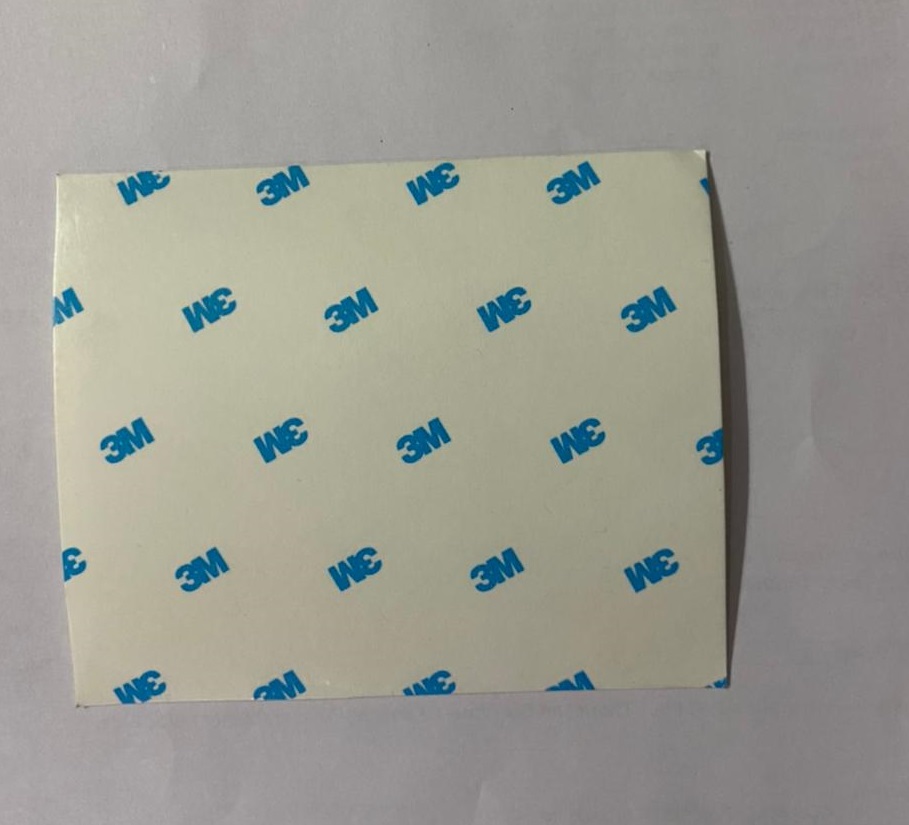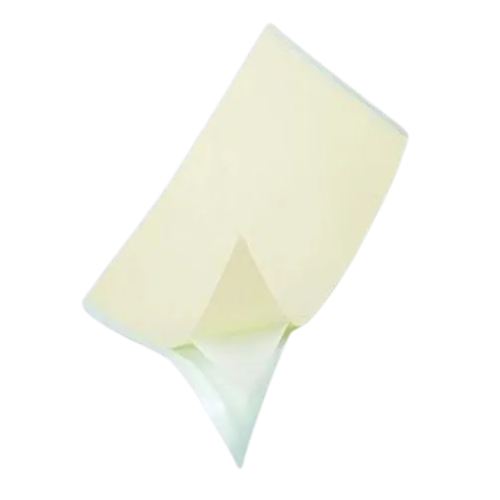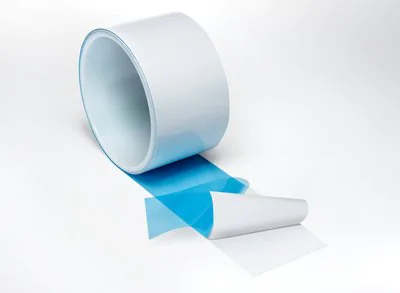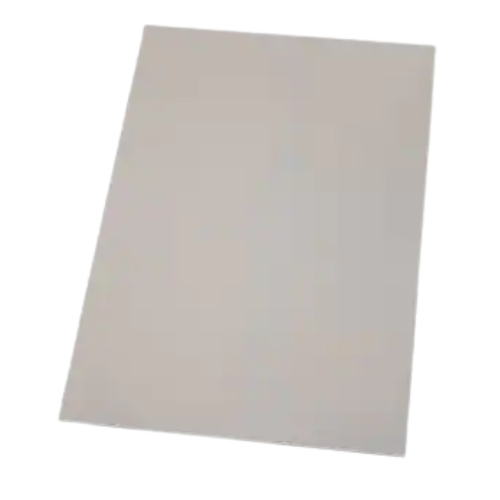The efficient dissipation of heat is very important when cooling electronic parts. This is the purpose of thermal management materials, such as thermal conductive pads/foil and TIM (Thermal Interface Material) like Thermal Paste. For these high thermal conductivity materials, People are most familiar with applications such as transferring heat away from chip sets- CPUs GPUS – and power electronics to the heatsinks or other cooling solutions. But which one should you use? This post will investigate the disparities and advantages of each and also help you decide when it is best to use thermal conductive pads over the thermal paste.
Thermal Management Materials Explained
Prior to discussing thermal conductive pads and the benefits of thermal paste, we examine what function these materials serve in a system. These materials are made to connect the heat source and a heatsink so that thermal conductivity is optimized. Especially for electronic devices, the performance and life span of these materials have a direct influence on whether or not such units would overheat.
What are Thermal Conductive Pads?
Thermal Interface Pad/ Thermal Conductive Pads: The name itself describes another type of cooling material, a solid and thinnest wiring pad that can be cut into shapes to fit whatever shape or size your component needs. They are usually silicone-based and include certain thermally conductive fillers, such as metal particles. The main task of the thermal pads is to fill in gaps and imperfections between the heat source and heatsink, thus ensuring uniform thermal distribution.
Best Offer Available
Features of Thermal Conductive Pads
- Easy to Use: The Thermal conductive pads are pre-cut, or you can cut them, unlike paste, which should be applied carefully and correctly.
- Reusability: Many times, thermal conductive pads can be reused if they are reasonable, which means they are a cost-effective choice over time, unlike thermal paste.
- Thickness Options: They come in different thicknesses, making them ideal for situations where the gap between your component and heatsink is uneven.
- Thermal Conductivity: The thermal Conductivity of these pads would be much less when compared to some other costlier products, considering that all the limitations lie in manufacture, but as said, you get what you pay osap sometimes less.
What is Thermal Paste?
Thermal paste, thermal grease or thermal compound as its name implies, is a kind of protection fluid similar to the glue and adhesive stick between the heat source (processor) and heatsink parts. This is to prevent/eliminate microscopic air gaps and irregularities on the surfaces of components that hinder heat transfer. The thermal paste consists of a base component (like silicone or synthetic oils) and thermally conductive particles – like silver, aluminum oxide, ceramic particles, etc.
Other Characteristics of Thermal Paste
- High Thermal Conductivity: The thermal paste usually has higher heat conductivity when compared to thermal conductive pad; this is perfect for high-performance applications where maximum heat transfer is required.
- Precision Application: This enables precision application, which is essential for parts with very controlled heat requirements.
- Single-Use: Once you have used the thermal paste, it cannot be used anywhere else. If the part is removed or replaced, it must be wiped off and reapplied.
- Variety: There are literally several revisions for various applications, from overclocking to passive cooling and much more.
Comparison of Thermal Conductive Pads and Thermal Paste.
Thermal Conductivity
- Thermal Paste: It normally has higher thermal conductivity and is appropriate for high-class requirements.
- Thermal Conductive Pads: These are Incompatible with paste’s efficiency but are used for many common applications, which are mainly directed to reusable and practical situations.
Application and User Friendliness
- Paste of Heat: It must be applied carefully because bubbles may cause incomplete coverage. It is difficult to clean up and messy.
- Conductive pads for heat transfer: Thermal conductive pads are easy to use, clean and move. They are not messy or require the installation of fine details that need cleaning agents.
Durability and reusability
- A (one-time solution generally) thermal paste: It degrades over time and should be replaced as part of regular maintenance.
- Thermal conductive pads: Some higher-end pads can be reused and are more robust for certain applications.
Cost
- Drawbacks for using thermal paste include its high price, which may increase even further with high-performance variants; however, this type offers the best thermal performance so cost could be justified.
- Thermal Conductive Pads: Typically, they are even more budget-friendly, and if you are thinking about them, they can be utilized as reusable types.
Best Use Cases
Use Thermal Paste When:
- High-performance components such as CPUs and GPUs require the highest thermal conductance possible.
- It boils down to application precision – which is paramount for efficiently transferring heat.
- These components generate too much heat and need an effective cooling setup.
Thermal Conductive Pads – When to apply
- You should be looking for a rapid heat solution.
- The area of the heat source and sink won’t be uniform. There is a distance gap from the hottest to the coldest.
- Thermal conductive pads are a great choice when you need a solution that can be used across your project, in prototypes, or when the components are frequently changing.
Conclusion
Whether you decide to use thermal conductive pads and heat paste will rely on the requirements of a project or application. Thermal conductive pads: They are simple, reusable, and enough for most standard applications. Thermal paste, however, has much better thermal performance and is more appropriate for high-performance components where heat dissipation efficiency is essential. By understanding these differences and knowing the specific needs of your project, you’ll be able to choose what is suitable for managing thermal output.




